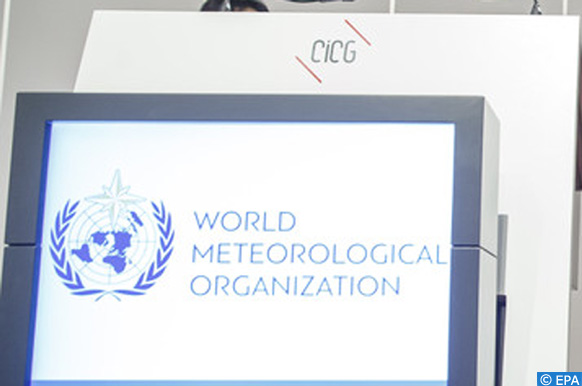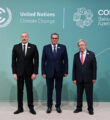Temperatures Set to Rise despite La Nina’s Cooling Effect
Geneva – Temperatures in almost all parts of the world will likely rise between now and April despite the cooling influence of the La Nina weather phenomenon, which has passed its peak, UN climate experts said on Tuesday.
“Impacts on temperatures, precipitation and storm patterns continue,” the World Meteorological Organization (WMO) said in a statement.
According to the same source, above-normal temperatures in the next three months are expected in western, central and eastern Asia and over the southern half of North America, and there is a moderate likelihood (65%) that the La Nina event will continue into April.
Above-normal temperatures are also likely over most northern high latitudes – except northwestern North America – southern, central and eastern parts of South America, and equatorial and northern Africa, WMO added.
Turning to rainfall, the UN specialized agency said there were “increased chances of unusually wet conditions” that were consistent with La Nina’s effects on regional climates, over much of South East Asia, Australia and northern South America and islands in Melanesia.
Southern Africa may also see above-normal rainfall, the agency continued, along with “an increased probability of above-normal precipitation (possibly as snow) over much of the Northern Hemisphere north of about 45 degrees North.”
La Nina refers to the large-scale cooling of ocean surface temperatures in the central and eastern equatorial Pacific Ocean, along with changes in winds, air pressure and rainfall in the tropics. It usually has the opposite impact on weather and climate to El Nino, which is the warm phase of the so-called El Nino Southern Oscillation (ENSO).
It has been in place since August 2020, WMO said, “but this was not enough to prevent 2020 from being one of the three warmest years on record.













